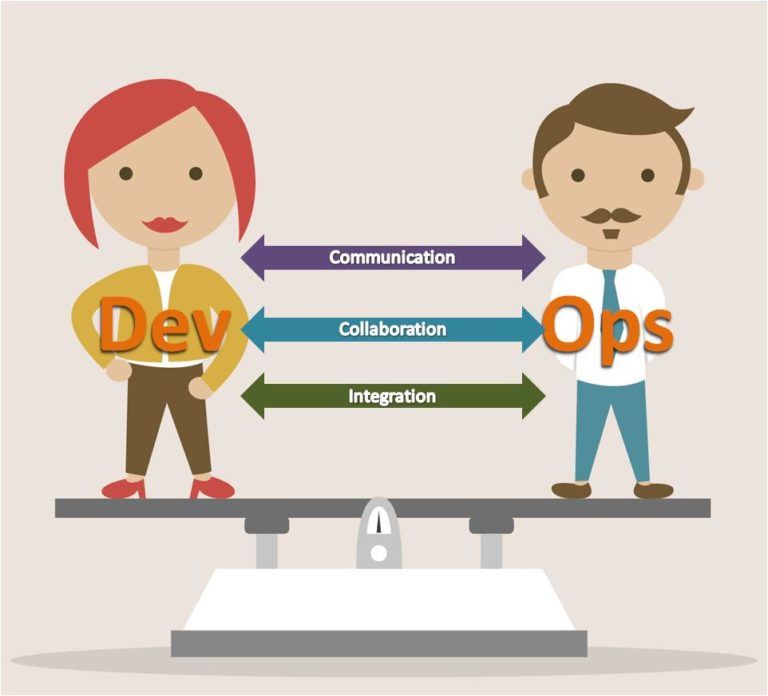· 4 min read · Plaintext Version
seamless communication high for high performing teams
Effective communication transforms teams from functional to phenomenal. Learn how to amplify collaboration across your DevOps teams

Table of Contents
Key Takeaways
- Breaking down silos and aligning on shared goals helps teams stay connected and avoid missteps.
- Transparency and open access to information drive trust and stronger decision-making.
- Collaboration tools work best when used intentionally to add clarity, not overwhelm.
- Regular feedback and personal connections build a supportive team culture.
- Trust is the foundation that turns communication into a true team strength.
Why Communication Makes or Breaks High-Performing Teams
In larger teams or organisations, communication is often talked about only when something goes wrong. Missed deadlines, misaligned priorities, or repeated mistakes; these issues can usually be traced back to poor communication. But what about when it goes right? What do high-performing teams do differently to ensure clarity, alignment, and connection?
Great communication doesn’t happen by chance. It’s deliberate, often invisible, but unmistakable in its impact. Teams that master it achieve more than technical success; they build trust, adapt quickly, and produce results that stand out.
Curious about how high-performing teams align and communicate? Discover more strategies in The Secrets of High-Performing Teams and unlock your team’s full potential.
Breaking Down Silos and Aligning Goals
Silos can show up anywhere; even in the most agile or collaborative environments. They happen when teams focus too narrowly on their own work and lose sight of the bigger picture. Suddenly, collaboration feels like an uphill battle, progress slows, and frustrations grow.
The solution starts with bringing people together; not just in meetings but in purpose. Teams that share common goals and meet regularly to discuss priorities tend to sidestep the issues that silos bring. Retrospectives are a good example; they give teams a chance to identify misalignments early and discuss ways to stay connected.
Silos aren’t just operational barriers; they’re cultural ones. Learn how to dismantle them in Tearing Down Walls.
Transparency is another critical factor. It’s not just about sharing information but ensuring everyone has access to the context they need to make informed decisions. In software development, this often extends to shared responsibilities, like integrating security into workflows or communicating risks openly. Teams that adopt this mindset align naturally on priorities and avoid costly missteps.
Embedding transparency into team practices drives alignment and trust. Explore this further in DevOps and Security.
Using Tools to Drive Connection
Collaboration tools have revolutionised how teams work, but they aren’t a magic fix. Tools like Slack, Jira, and Microsoft Teams only work when teams use them intentionally. For example, integrating real-time CI/CD pipeline updates into shared channels can improve visibility without overloading team members with unnecessary notifications.
But tools need to add clarity, not chaos. Poorly configured systems or excessive alerts can overwhelm teams, reducing their ability to focus. The key lies in making sure tools complement workflows and keep communication meaningful.
Feedback is another area where tools can shine. Structured processes like retrospectives or code reviews create opportunities for teams to share insights and align on improvements. These aren’t just technical exercises; they’re moments for teams to connect, reflect, and grow.
Tools should amplify collaboration, not hinder it. For ideas on optimizing workflows, see The Importance of Continuous Integration and Deployment.
Building a Culture of Trust
The best communication happens in teams that trust one another. It’s not something you can force; it builds over time through shared experiences and honest interactions. This trust makes it easier to communicate openly, even about difficult topics.
Strong relationships often start in the small, informal moments. A joke shared during a stand-up, a quick chat over coffee, or a spontaneous brainstorming session can build connections that make day-to-day collaboration feel natural. These moments matter just as much as the big meetings or project milestones.
In hybrid or remote setups, these connections require extra effort. Virtual coffee chats, team-building activities, or simply leaving time at the start of meetings for personal check-ins can go a long way in making teams feel more cohesive.
Happy teams are high-performing teams. Discover how connection impacts collaboration in Healthy Squads Are Happy Squads.
When teams trust one another, communication stops being a barrier. It becomes the glue that holds everything together, from the daily grind to the biggest challenges.
Summary
If communication is already part of your team’s success, think about how you can build on it. Are your goals clear to everyone? Do you have the tools you need to stay connected? And are there opportunities to create more space for feedback and personal connection?
Great communication doesn’t just fix problems; it creates opportunities. When teams master it, they don’t just deliver; they thrive.



